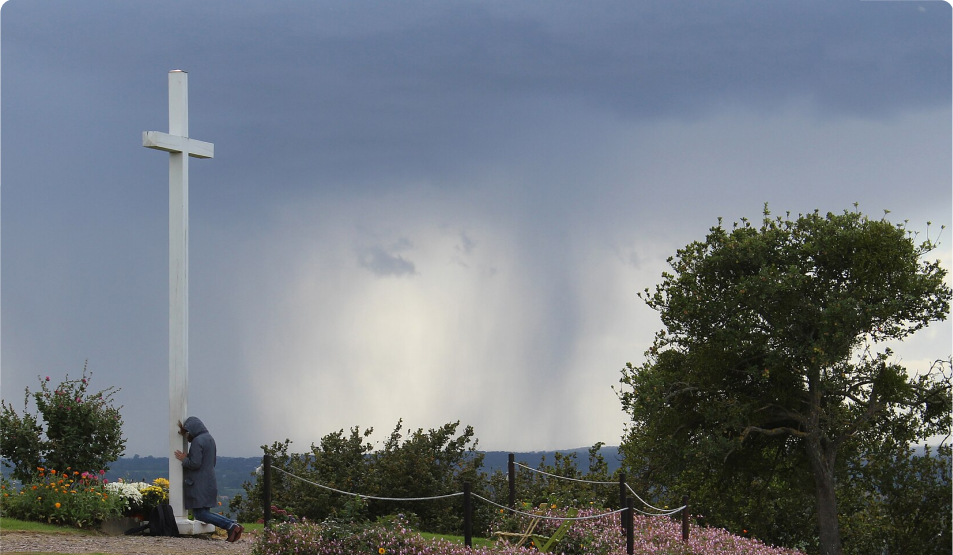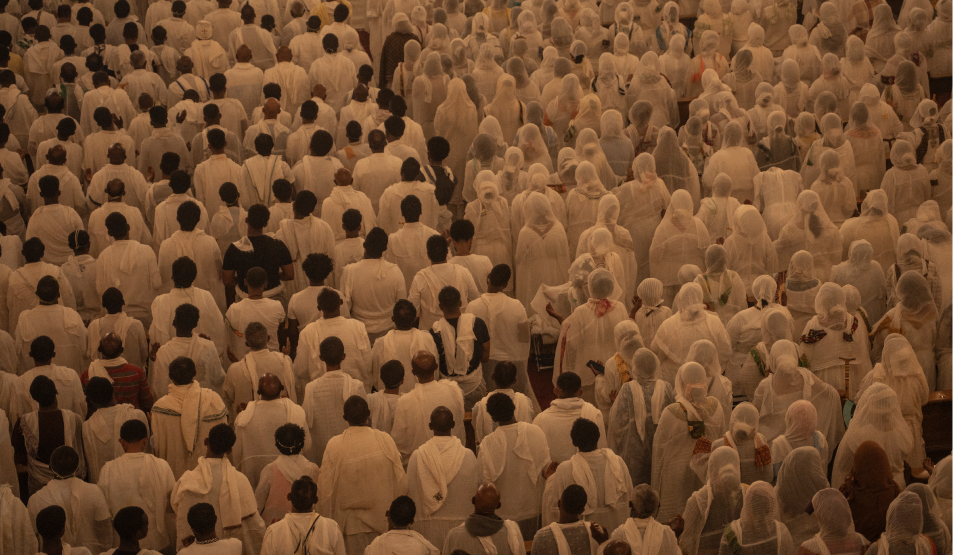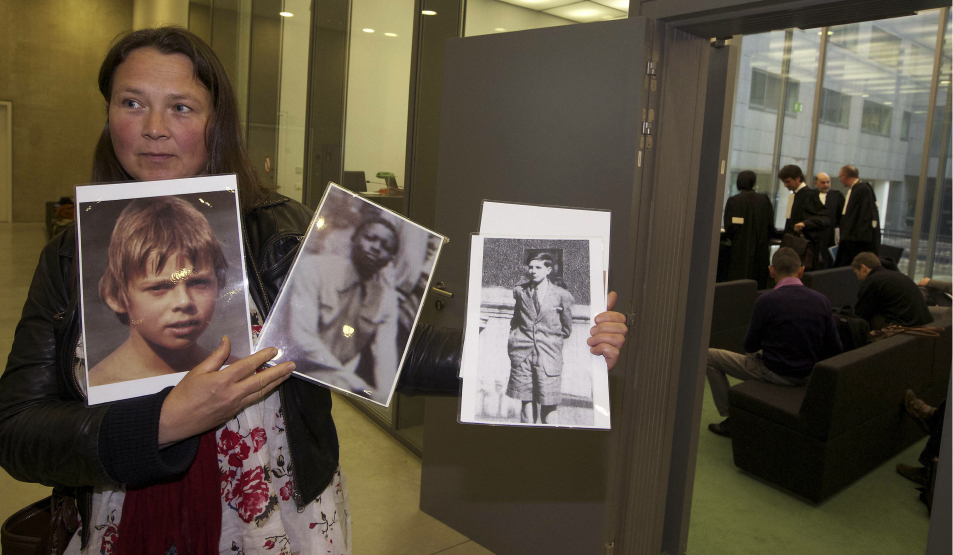The Vatican has formally ruled that the reported apparitions of Christ to a French woman in the 1970s are constat de non supernaturalitate (not of supernatural origin), bringing to an end decades of speculation and devotion surrounding the events at Dozulé in Normandy.
The judgment came in a letter from Cardinal Víctor Manuel Fernández, prefect of the Dicastery for the Doctrine of the Faith, who said the alleged phenomenon “is to be regarded, definitively, as not supernatural in origin.”
The message, authorised by Pope Leo XIV earlier this month, gives the local bishop permission to issue a decree confirming the decision.
The claims centred on Madeleine Aumont, a mother of five who said she saw Jesus forty-nine times between 1972 and 1978, often in the presence of her parish priest and other parishioners.
She reported receiving a series of messages, including the daily “Prayer of Dozulé,” which supporters linked to prophecies of Christ’s return and to the construction of a towering “Glorious Cross.”
Followers believed such a cross would act as a sign for humanity and even as a means to avert catastrophe. Over the years, smaller versions of the cross appeared in parts of France and abroad, inspired by those convictions.
The movement received early censure from the Catholic hierarchy. In 1983 Bishop Jean-Marie-Clément Badré of Bayeux stated: “In no case can the construction of a monumental cross undertaken in Dozulé (...) be an authentic sign of the manifestation of the Spirit of God.”
Today, the site where the alleged apparitions took place welcomes pilgrims throughout the year with daily prayer. Although the “Glorious Cross,” which was to be 738 metres tall, has not been built, a smaller version standing 7.38 metres high has been erected at the place of the alleged apparition. A “purification basin” has also been constructed, another element requested by Jesus according to Aumont’s reported visions. Pilgrims gather in especially large numbers on 28 March, the anniversary of the first alleged apparition, on 14 September, the Feast of the Exaltation of the Holy Cross, and on the Feast of Christ the King, the last Sunday of the liturgical year. Madeleine Aumont died in 2016.
In his letter, Cardinal Fernández highlighted theological problems in the messages attributed to Aumont. Some statements, he noted, claimed the proposed cross was “necessary for the salvation of the world” or a privileged instrument of “universal forgiveness and peace.”
He wrote that “that wood, raised upon Calvary, has become the real sign of Christ’s sacrifice, which is unique and unrepeatable,” warning that it was “misleading, both theologically and pastorally symbolically, to compare ‘the Glorious Cross’ of Dozulé to the Cross of Jerusalem.”
The Dicastery also stressed that “forgiveness does not proceed from a physical location, but from Christ himself,” adding that no object can replace sacramental grace.
The letter drew attention to predictions linked to the movement, including warnings that the cross had to be erected before the end of the Holy Year 1975 because the world would not reach the next Jubilee. “Clearly, this purported prophecy was not fulfilled,” it said.
The decision follows the Church’s routine process for reviewing reported apparitions. While some cases have been approved after long investigation, many others have been dismissed. The Diocese of Bayeux-Lisieux is now expected to issue its decree confirming the Vatican’s ruling.
It is notable that the Vatican has ruled against the apparitions, rather than offering the middle-of-the-road judgment that they are non constat de supernaturalitate (“it is not established as supernatural”). Since the ruling declares the visions not of supernatural origin, Catholics should not organise public cults or devotions in their favour.
The Herald has reached out to La Glorieuse Croix de Dozulé, the organisation responsible for managing the pilgrimage site, for comment.
















